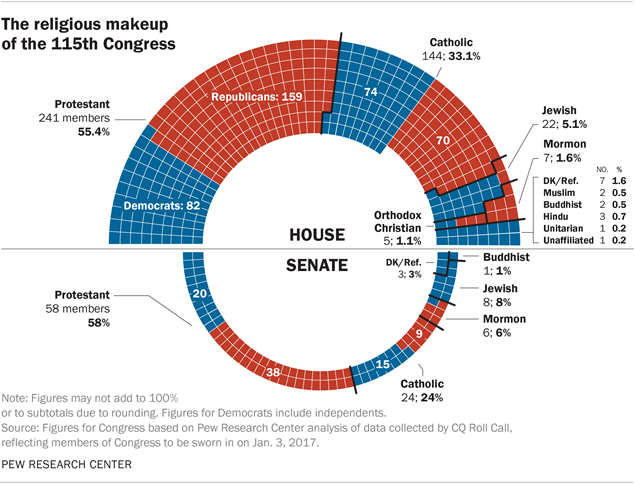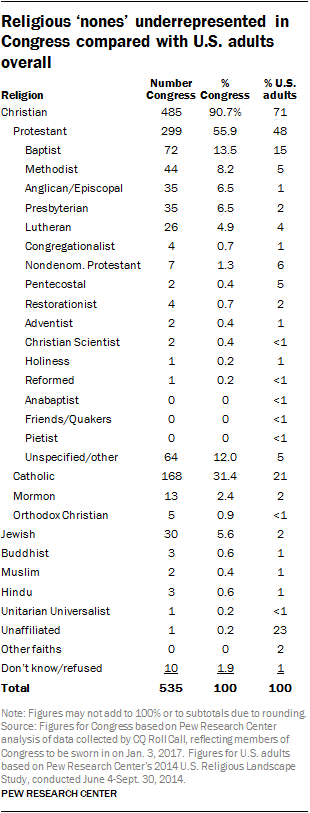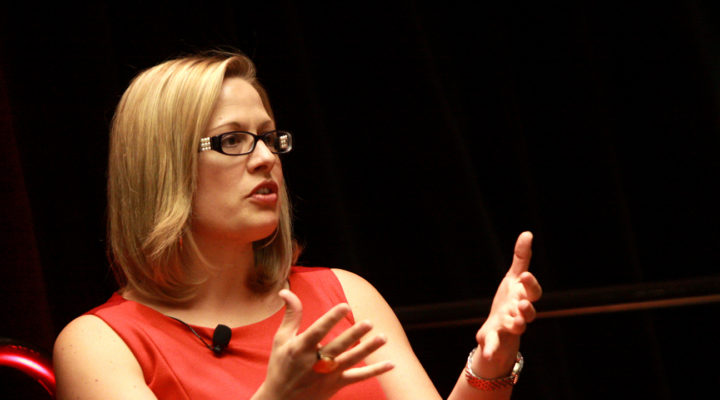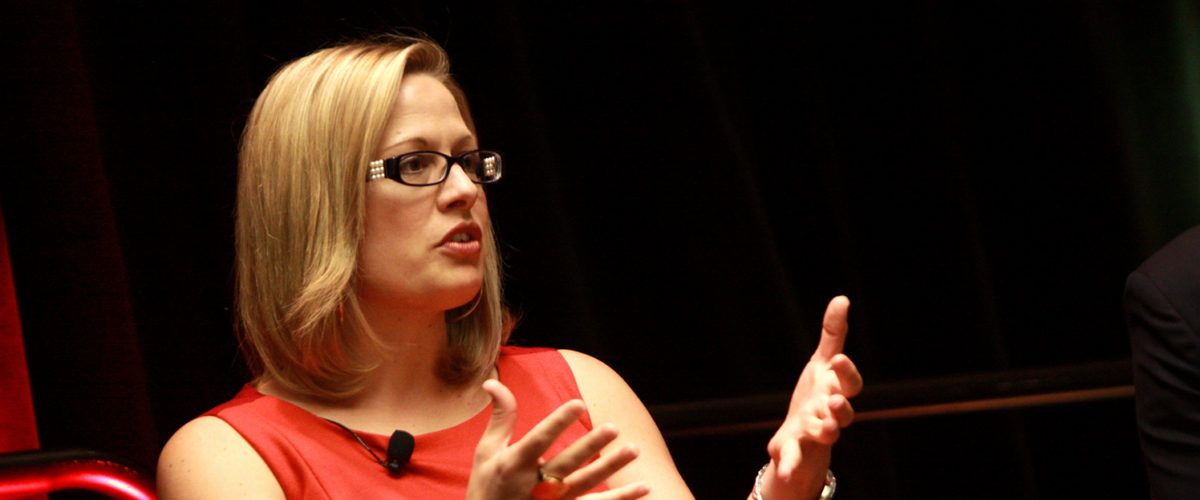Church consultants and researchers for years have warned churches that they need to reflect the communities around them.
Thom Rainer, president of LifeWay Christian Resources, said he discovered that while conducting research for his book Autopsy of a Deceased Church.
“If you compare the faces of a dying church with the faces of the people who live in the community where the church is located, you’ll often notice a significant difference,” Rainer said in an article published by LifeWay.
But does the same hold true for organizations other than churches?
If so, then Congress is in big trouble.
 New research published by the Pew Research Center has found that, when it comes to religion, Congress does not reflect the nation around it.
New research published by the Pew Research Center has found that, when it comes to religion, Congress does not reflect the nation around it.
Members of Congress have become pointedly more Christian even as the U.S. population has become increasingly secular or at least not Christian, Pew reported.
“The share of U.S. adults who describe themselves as Christians has been declining for decades, but the U.S. Congress is about as Christian today as it was in the early 1960s,” Pew said in its new report, “Faith on the Hill.”
The organization said that nearly 91 percent of the members of the new, 115th Congress identify as Christian. That’s compared to 71 percent of American adults.
“The analysis finds that some religious groups, including Protestants, Catholics and Jews, have greater representation in Congress than in the general population,” Pew said in the report.
“Jews, for example, make up 2 percent of the U.S. adult population but account for 6 percent of Congress.”
 Pew also noted that the percentage of Christians in Congress today rivals the rate reported when figures first started being kept. Christians made up 95 percent of congressional members 1961 to 1962 — only 4 percent higher than the current Congress.
Pew also noted that the percentage of Christians in Congress today rivals the rate reported when figures first started being kept. Christians made up 95 percent of congressional members 1961 to 1962 — only 4 percent higher than the current Congress.
Only two of the the 293 Republicans serving in the new Congress are not Christians, Pew reported. Both are Jewish.
“Democrats in Congress also are overwhelmingly Christian (80 percent), but there is much more religious diversity on this side of the aisle,” Pew reported.
They include 28 Jews, three Buddhists, three Hindus, two Muslims and a Unitarian Universalist, according to the research agency.
There is even one “none” in Congress: Rep. Kyrsten Sinema, a Democrat from Arizona.
One category in which Pew found that Congress does roughly reflect national trends is in the decline of Protestantism.
“Like the nation as a whole, Congress has become much less Protestant over time,” according to the report. “The total percentage of Protestants in Congress has dropped from 75 percent in 1961 … to 56 percent today.”
The ratio of Catholics has increased from 19 percent to 31 percent during the same period of time, Pew said.
Religious affiliation between the parties is widely varied.
“Fully two-thirds of Republicans in the new Congress (67 percent) are Protestant, while 27 percent are Catholic,” Pew found. “The breakdown between Protestants and Catholics is more even among the Democrats: 42 percent of the Democratic members are Protestants and 37 percent are Catholics.”
Among Protestants, 13.5 percent are Baptists followed in descending order by Methodists, Anglicans/Episcopalians, Presbyterians, Lutherans and Congregationalists. Ten members, all Democrats, declined to report a religious affiliation, Pew said.


